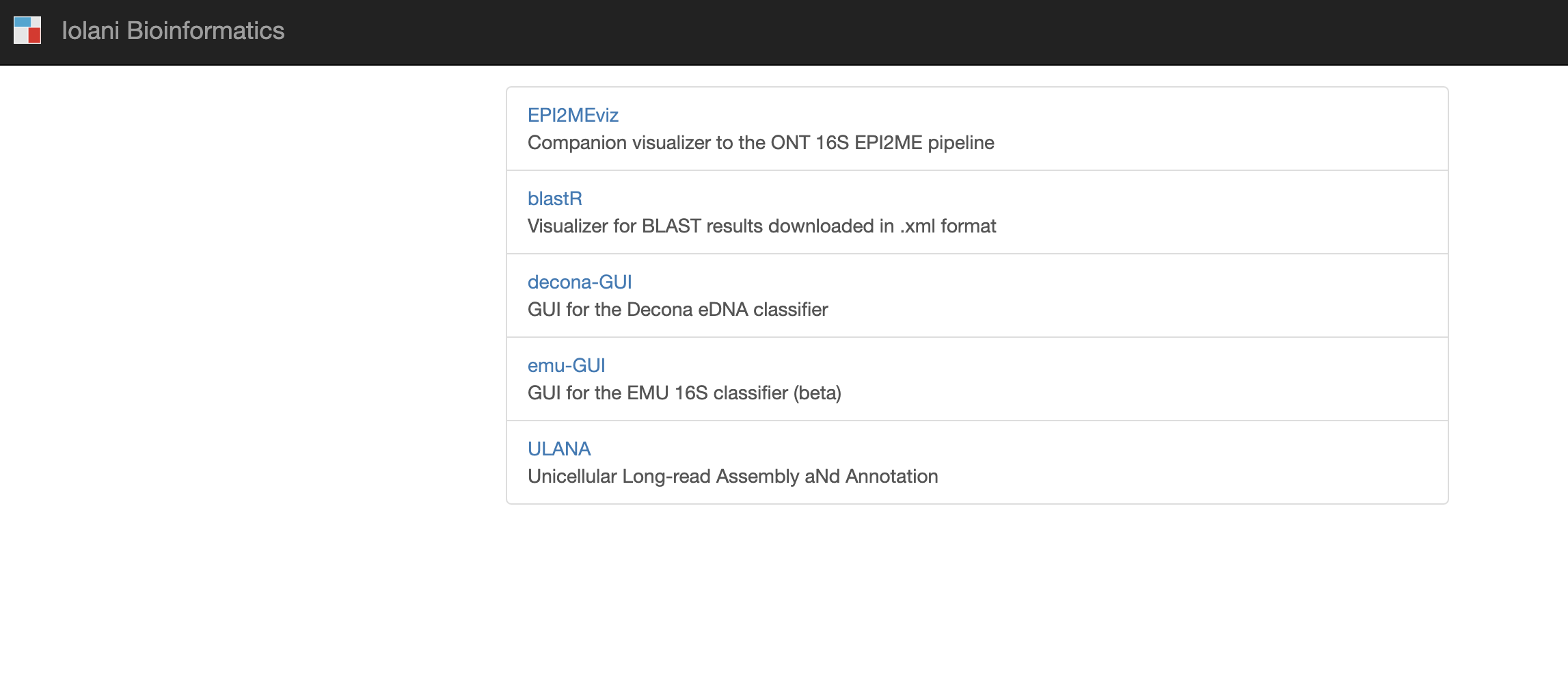Bioinformatics
Computer science is no more about computers than astronomy is about telescopes, biology is about microscopes, chemistry is about test tubes. Science is not about tools. It is about how we use them, and what we find out when we do.
-Edsger Dijkstra
Bioinformatics is a field of study that combines biology, computer science, and information technology to analyze and interpret biological data. This data can come from many sources, such as DNA sequences, protein sequences, gene expression levels, and more. Bioinformatics is used to understand the structure, function, and evolution of biological systems, as well as to develop new drugs, vaccines, and treatments for various diseases. Preparing the sample for DNA sequencing is only the first half of a project; making sense of the genetic data within the context of the larger research question is the second half. Using bioinformatic tools to analyze DNA sequence data, students can gain a greater appreciation and understanding of a dataset of interest.
Community Science Tools - Bioinformatics Portal
ʻIolani School has developed a suite of bioinformatics tools compatible with Nanopore data that is easily accessible by teachers and students alike. Visit the portal below.
-
EPI2MEviz: a tool for data visualization and exploration of 16S classified by EPI2ME
Decona_plus: a tool for bacterial identification based on 16S DNA sequences
-
Ulana: a tool for whole genome assembly, and annotation, and completeness check
-
Decona_plus: A tool for identifying the sources of eDNA using a custom database
-
blastR: Web app that visualizes differences between DNA sequences aligned using NCBI BLAST
remote_blast: a simple CLI tool to query DNA sequences against the Genbank database

